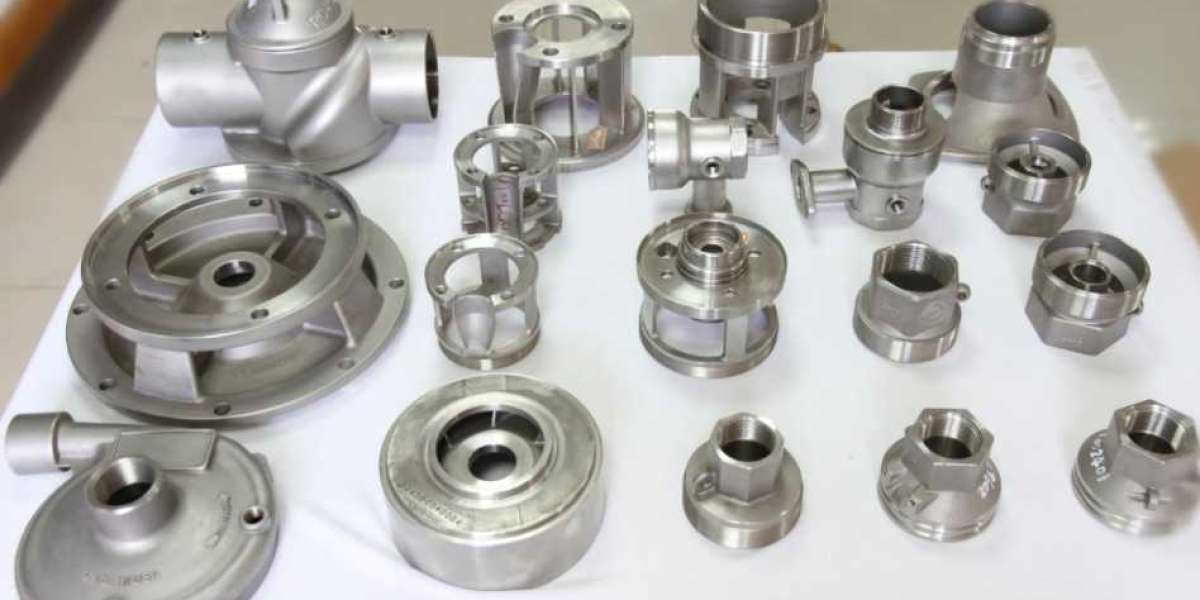Grey iron casting is done in foundries. Grey iron castings are made by pouring molten iron alloys into molds. Finished iron castings can be machined, but gray iron cannot be forged or extruded at any temperature, so it must be cast. The tensile strength of gray iron castings is lower than other cast iron products. Grey iron castings absorb vibrational energy and convert it into heat, providing excellent damping capabilities. Because of its high thermal conductivity, strength, durability, machinability, and relatively low cost, gray cast iron is widely used in valves, engine blocks, brake drums, pump housings, and cast iron cookware.
Physical composition of grey iron
Graphite gives grey iron grey, and its name is known by both spellings. When an iron casting breaks, the colour inside the fracture, grey, white or black, can reveal a lot about its composition. ASTM International Standard A 48 classifies gray cast iron according to its tensile strength, based on 1000 pounds per square inch (1k psi), with Class 20 having lower tensile strength and higher ductility. Levels 30, 40, and 60 increase strength, but higher strengths decrease ductility. Grade 80 has high tensile strength but is very brittle. ASTM A 247 describes the graphite structure in gray cast iron castings. According to ASTM A 48, ferrous alloys must contain 6-10% (by volume) graphite microstructure to be considered gray cast iron. Graphite is added to or produced in molten metal during the cast iron process. The proportion of graphite in gray cast iron castings must meet ASTM standard specifications to meet the desired mechanical properties of the final product. ASTM A126, ASTM A278, and ASTM A319 are other standards related to the classification and manufacture of gray iron castings.
Although several standardized grading systems are available, the general composition of gray cast iron is 95% iron by weight, with an additional 2.1 to 4% carbon and 1 to 3% silicon. Manganese and other impurities are also commonly present in or added to the molten iron as required to reduce or enhance specific properties. For example, sulfur is often introduced into molten metal to increase hardness, which is otherwise low in most cast iron parts. The large amount of silicone characteristic of grey cast iron produces graphite when the alloy material is heated. This deflection of the graphitic microstructure gives the metal a grey appearance. Although most commonly in flake form, ductile iron production slows the growth of graphite and allows the carbon to separate into spherical graphite particles. Both time and temperature play an important role in the structure configuration of gray iron castings.
The automotive industry adopts SAE standards and uses grades instead of grades. These correspond to the Brinell hardness scale that grades the tensile strength of cast metals.
Advantages of grey cast iron
The cost of cast iron is relatively low, and it can be produced very quickly. Grey cast iron has high compressive strength, damping capacity, and is easy to weld or machine. It shrinks less during cooling than other cast iron processes. The disadvantage of grey cast iron is that it has little shock resistance and will shatter on impact.








